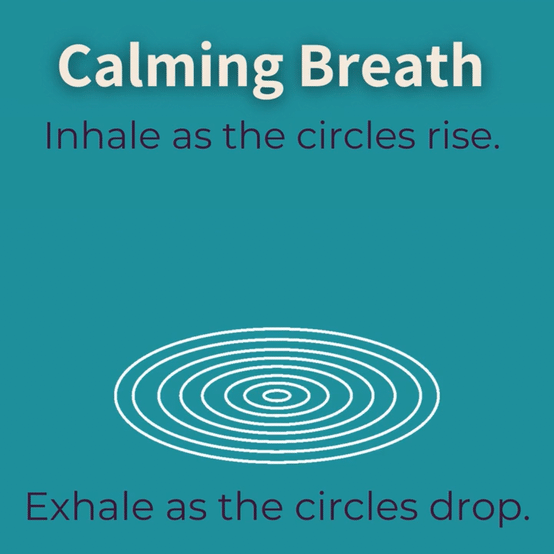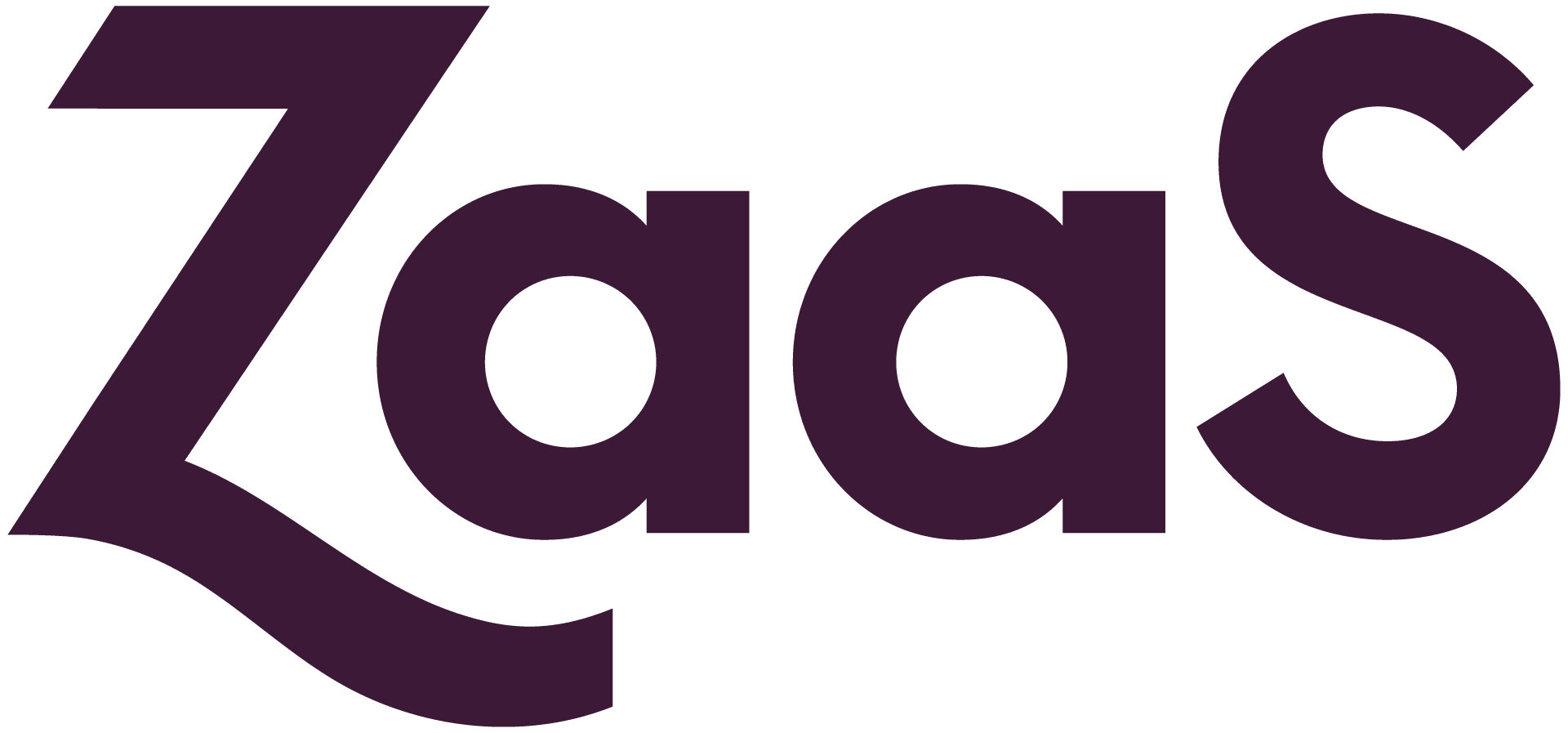In summary: It’s good to be informed, but it’s another thing to be obsessed with what’s going on. Limit your news intake and gather what you need from it.
- The two common experiences of Information Overload are the “Flash Flood” and the “Light Drizzle.”
- Recognize the signs of Information Overload (frustration, fatigue, headache, mood swings).
- Do the practice videos below (meditation, breathwork, pressure points, and physical movement) to reduce symptoms and expand your information threshold.

Information Overload is a new-age symptom of mental health distress. Teenagers and children who report more time using media are also more likely to report mental health issues. The same is valid for adults. More than 73% of Americans reported being overwhelmed by worldwide crises.
In the Bhagavad Gita, a famous story in the Hindu tradition, there is a scene where the Great Warrior, Arjuna, has a social media moment. He’s been training his whole life to fight the war of good against evil. As the battle begins, he starts to resist. He begins to think about all the death and damage this war will cause. His fear and dread begin to weaken him.
He looks to his mentor Krishna, who happens to have universal insight. Krishna informs Arjuna that he can see everything and that Arjuna is the only one who can fight this war between good and evil.
Arjuna, being young and stubborn, wants proof. Krishna warns him it’s too much to handle, but Arjuna insists.
In a flash moment, Krishna shows Arjuna what is happening everywhere, all over the world, at that very moment. He shows Arjuna what we see on social media every day. Arjuna falls to the floor, overwhelmed, and begs Krishna to make it stop.
Sound familiar?
There is more symbology in this scene that’s been left out, but it gets to an important point. We’ve all experienced an Arjuna moment with the exponential increase in information sharing, and it’s affecting our mental health. It’s good to be informed, but it’s overwhelming if we don’t manage the data stream.
Two common ways we experience overload
The Flash Flood. We receive a lot of information at once. Think of onboarding in a new job or hearing about a traumatic event via multiple channels and conversations with friends. Suddenly you feel full, like you can’t take in any more information.
2. The Light Drizzle. You read the news, check social media, and check your phone for updates daily. You absorb a lot of information but little physical activity or mental breaks, like meditation. As a result, you feel dull and cannot absorb any more information.
Feeling full and feeling dull are both frustrating, but if you can recognize this experience as “information overload” and know that it’s normal, it’s easier to overcome.
A Zen Approach to Information Overload
Having a Zen approach to information overload requires recognizing the signs and then mindfully approaching a remedy.

Signs of Information Overload
The signs of information overload can show up as follows:
- Frustration
- Headaches
- Fatigue
- Mood swings
If you feel this unexpectedly or while reading the news, don’t ignore it or get annoyed. It’s a natural by-product of expanding your information threshold. Recognize that you may be taking too much in, and then take a moment to step away.
Practices to Manage Information Overload
These simple practices can help reduce the symptoms of information overload and increase your information threshold.
Meditation is a quick solution to managing information overload. Five minutes can do wonders for your mind. Ten minutes will make you a mind samurai. Step away from your electronics, do a quarter turn from your screen, and close your eyes. If you have a meditation recording you like to use, do that.
Breathing is the most efficient way to reduce information overload. The Physiological Sigh (or Physi Breath) can reduce stress in 40 to 60 seconds. Calming breath (4 counts in, 4 counts out) is also helpful.
Pressure points found naturally in the body can help reduce tension headaches and reduce the overwhelming feeling of all that’s happening. Specifically, a pressure point between the eyebrows (yogis call this the “third eye”) sits at the front of the brain. I call it the “Reset Button.” Try this technique to feel a sense of ease. It helps to use Calm breathing here, as well.
Physical exercise is essential to balance our energy and fight mood swings. This doesn’t have to be a long run or sweaty workout. A walk around the block or a 3 min Desk Yoga practice can do wonders for reducing stress and information overload.

In conclusion, it’s good to be informed, but it’s another thing to be obsessed with what’s going on. It’s best to limit your news intake and gather what you need from it. Be mindful of your body’s signals while reading the news.
ZaaS offers workplace wellness services and strategies. For support, contact us here.



